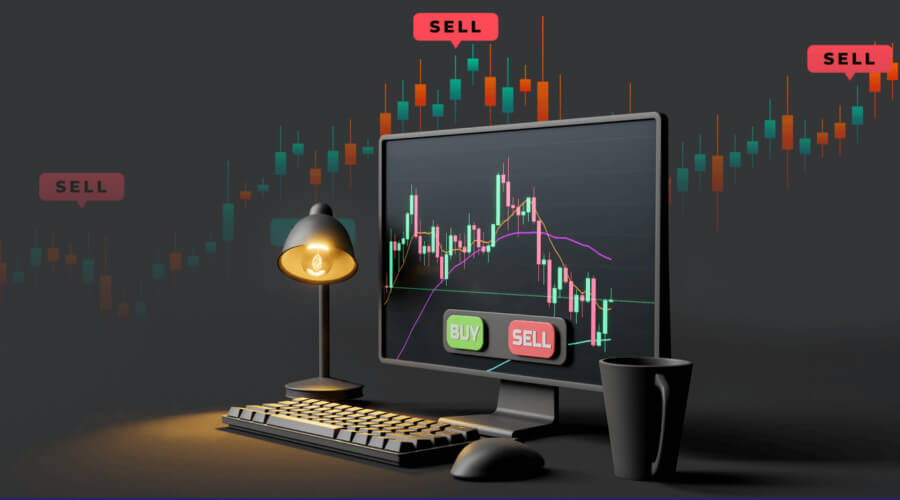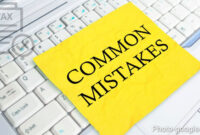The foreign exchange market, better known as forex or FX, is the largest and most liquid financial market in the world. With trillions of dollars traded every single day, it dwarfs even the largest stock markets. It is the global marketplace where national currencies are bought and sold.
For decades, this exciting world was accessible only to large banks and financial institutions. But thanks to the internet, it is now open to everyone. However, with this opportunity comes significant risk. Forex trading is a high-stakes endeavor that requires knowledge, discipline, and a clear strategy.
This is your foundational guide to understanding the forex market. We will demystify the core concepts, explain the essential terminology, and provide a clear roadmap for anyone looking to take their first steps into the world of currency trading.
Disclaimer: Forex trading involves substantial risk of loss and is not suitable for every investor. The high degree of leverage can work against you as well as for you. Do not invest money you cannot afford to lose.
What Exactly is Forex Trading?
At its core, forex trading is the act of speculating on the changing value of one currency against another. For example, if you believe the Euro (EUR) is going to strengthen against the U.S. Dollar (USD), you would buy the EUR/USD pair. If the Euro’s value rises as you predicted, you can sell the pair for a profit. If it falls, you take a loss.
Unlike the stock market, which has a central exchange like the NYSE, the forex market is decentralized. It operates 24 hours a day, five days a week, across a global network of banks, brokers, and institutions.
The Language of Forex: Understanding the Basics
Before you can trade, you need to speak the language. Here are the key terms you must know.
Currency Pairs
Currencies are always traded in pairs. The first currency in the pair is the base currency, and the second is the quote currency.
For example, in the EUR/USD pair:
-
EUR is the base currency.
-
USD is the quote currency.
The price of the pair (e.g., 1.0800) tells you how many units of the quote currency it takes to buy one unit of the base currency. In this case, it costs 1.0800 U.S. Dollars to buy 1 Euro.
The most traded pairs, known as the “majors,” all involve the U.S. Dollar (e.g., EUR/USD, GBP/USD, USD/JPY).
Pips, Lots, and Spreads
-
Pip: A “pip” (percentage in point) is the smallest unit of price change in a currency pair. For most pairs, it is the fourth decimal place (0.0001).
-
Lot: A lot is a standardized unit of currency. A standard lot is 100,000 units of the base currency. Most brokers also offer mini (10,000) and micro (1,000) lots, which are essential for beginners.
-
Spread: The spread is the difference between the buy price (the “ask”) and the sell price (the “bid”). This is how most forex brokers make their money. A tighter spread is better for the trader.
Leverage
Leverage is the most powerful and dangerous tool in forex. It allows you to control a large position with a small amount of your own money. For example, with 100:1 leverage, you can control a $100,000 position with just $1,000 of your own capital.
Leverage can amplify your profits, but it can also amplify your losses just as quickly. Managing leverage is a critical skill.
What Moves the Forex Market?
Currency values are influenced by a complex mix of economic and geopolitical factors.
-
Central Bank Interest Rates: This is the biggest driver. Higher interest rates tend to attract foreign investment, which strengthens a country’s currency.
-
Economic Data: Reports on inflation (like the CPI), employment (like the Non-Farm Payrolls in the U.S.), and economic growth (GDP) all have a major impact.
-
Geopolitical Events: Elections, political instability, and international conflicts can cause significant volatility in currency markets.
How to Get Started in Forex Trading: A Step-by-Step Plan
Step 1: The Education Phase
Do not rush this. Spend weeks, or even months, learning everything you can. Read books, watch videos, and understand the fundamentals of both technical analysis (studying price charts) and fundamental analysis (studying economic factors). For a deeper understanding of market-moving economic data, you can follow sources like the Bureau of Labor Statistics (BLS) for U.S. data.
Step 2: Choose a Reputable Broker
Your broker is your gateway to the market. It is crucial to choose a well-regulated broker. Look for regulation from top-tier authorities like the NFA/CFTC in the U.S., the FCA in the U.K., or ASIC in Australia.
Step 3: Open a Demo Account
This is a non-negotiable step. A demo account allows you to trade with virtual money in a real, live market environment. It is the perfect place to test your strategies, learn the trading platform, and make mistakes without losing real money. Spend at least one to two months trading profitably on a demo account before you even think about going live.
Step 4: Develop a Trading Plan
A trading plan is your personal set of rules. It should define:
-
Which currency pairs you will trade.
-
What your strategy is for entering and exiting trades.
-
How much you will risk per trade (risk management).
-
Your profit goals.
For more on creating a disciplined approach, see [Our Guide to Long-Term Investment Strategies](your-internal-link-here), as many of the principles of discipline apply.
Step 5: Start Small with a Live Account
Once you have proven your strategy on a demo account, you can go live. Start with a small amount of capital and trade with micro lots. Your goal in the beginning is not to make a fortune; it is to learn how to manage the real emotions of fear and greed that come with having real money on the line.
Conclusion: A Journey of Skill and Discipline
Forex trading is not a get-rich-quick scheme. It is a serious business that requires a significant investment in education and a deep commitment to disciplined execution. It offers incredible opportunities for those who are willing to put in the work.
By starting with a strong educational foundation, practicing extensively with a demo account, and developing a robust trading plan, you can begin to navigate the exciting and challenging world of the currency markets.
You may also read Here about more article.




